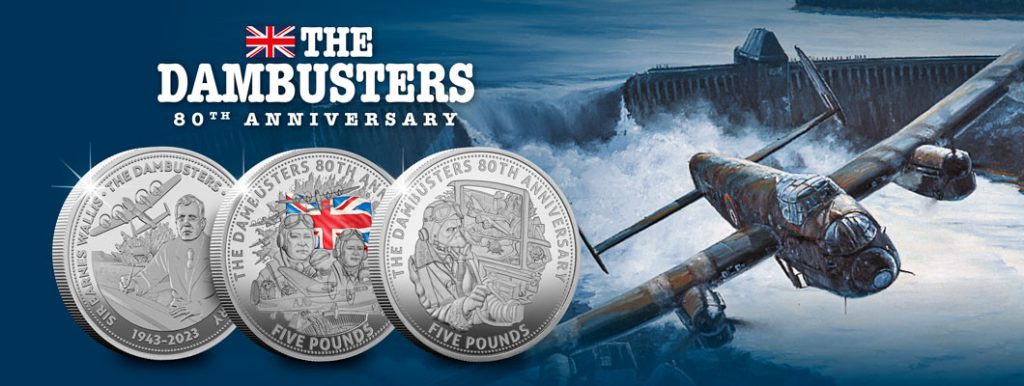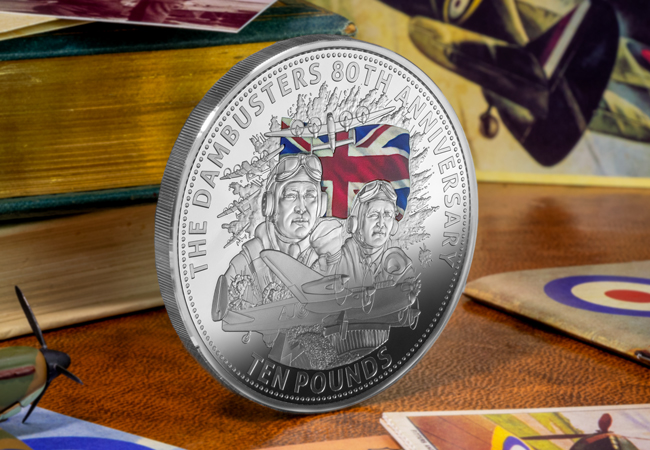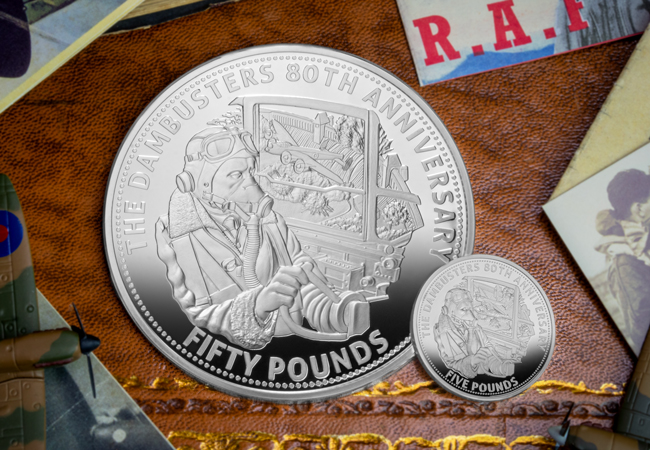British History
Everything you need to know about the King’s first Trooping the Colour…
On Saturday 17th June 2023, the UK will witness King Charles III’s FIRST Trooping the Colour ceremony as our monarch.
Whether you’re tuning in on the television or travelling to see the spectacle in person, we can all expect to see a stunning display of military precision and horsemanship as the procession makes it way from Buckingham Palace to Horse Guards Parade.
But what exactly is Trooping the Colour, and why do we celebrate it? Continue reading to find out more…
The origins of the ceremony
Trooping the Colour is an annual ceremony held in June to celebrate the official birthday of the British Sovereign, originating as far back as 260 years ago.
The service was first believed to have been performed during King Charles II’s reign, however it wasn’t until 1760 that it became an annual event to commemorate the British Monarch’s official birthday under the reign of King George III.
This historical parade was named in tribute to the British Army’s regiment flags, which are referred to as ‘Colours’ due to the different coloured insignia displayed on each one. Young officers would then march the Colours between the line of troops, giving us the ‘Trooping the Colour’ title, and the colourful celebration we still see to this day.
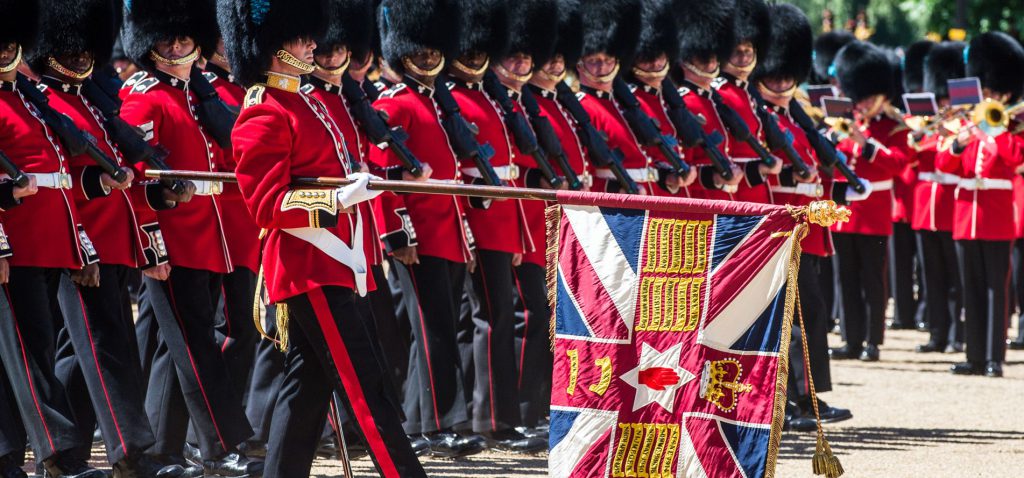
Credit: The British Army
The British Sovereign’s Official Birthday
But why does the British Sovereign have an official birthday?
The answer to having two birthdays is simply down to British weather being better for the parade in the month of June.
Unless the Monarch already has a summer birthday, their second ‘official’ one will always be in June to line up with when Trooping the Colour takes place and to maximise the chances of good weather conditions.
So, although King Charles III’s actual day of birth is 14th November, he will be celebrating his very first King’s Birthday Parade on 17th June this year.
What to expect on the day
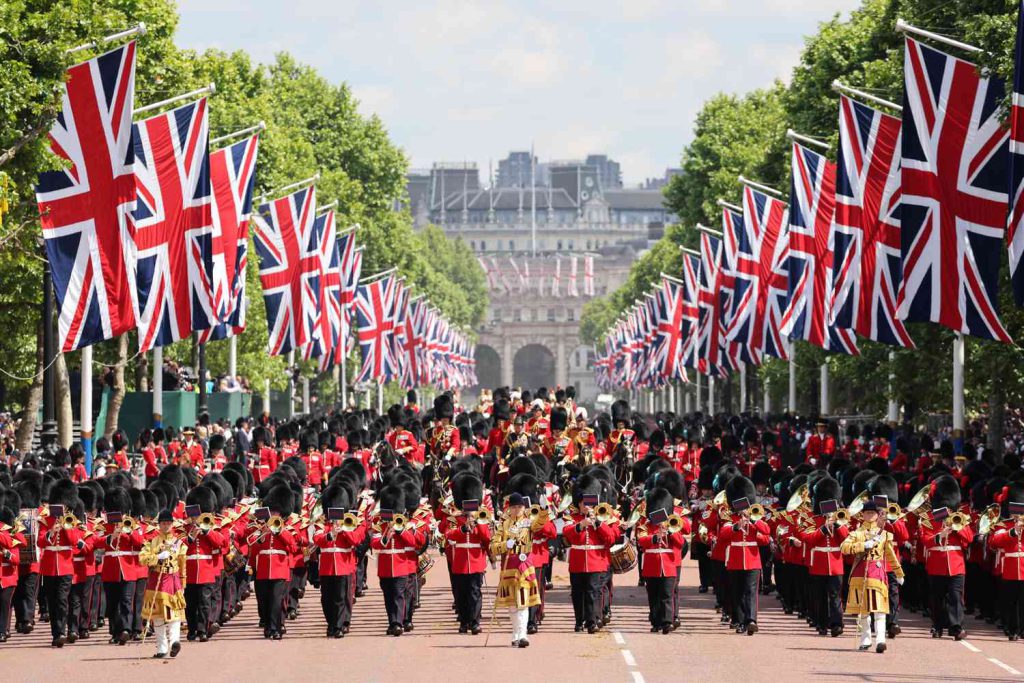
Credit: People.com
On the day, you can expect to see an impressive display of pageantry as His Majesty’s personal troops march down The Mall from Buckingham Palace to Horse Guards Parade, where the ceremony will begin.
There will be over 1400 parading soldiers, 400 musicians and 200 horses, alongside members of the Royal Family on horseback or in carriages – and of course, with King Charles III himself taking the salute.
As the procession takes place, mass crowds with waving flags are expected to line the streets, with many more around the world viewing the spectacle on television.
And with this year’s Trooping the Colour ceremony being King Charles III’s FIRST as Sovereign, it will certainly be a historical event to remember.
The Trooping the Colour 2023 Silver Coin Cover
To commemorate this special occasion, we have released the Trooping the Colour 2023 Silver Coin Cover in ode to Charles III’s King’s Birthday Parade.

Featuring His Majesty’s first Silver Britannia coin alongside his first Royal Mail definitive stamps, this Cover will have a one-day-only postmark of 17th June 2023 – a fitting tribute to the first Trooping the Colour of King Charles’ reign.
But with only 200 available worldwide, make sure to secure yours now by clicking here >>
Introducing the SUPERSIZE commemorative issued to celebrate King Charles III’s Inaugural Trooping the Colour ceremony
On the 17th June, next Saturday, His Majesty’s FIRST Trooping the Colour celebrations will take place on Horse Guards Parade.
King Charles III will be taking the salute and will hold the appointment of Colonel-in-Chief of the Regiments of Household Division in a ceremony that will be watched by millions of people all across the world.
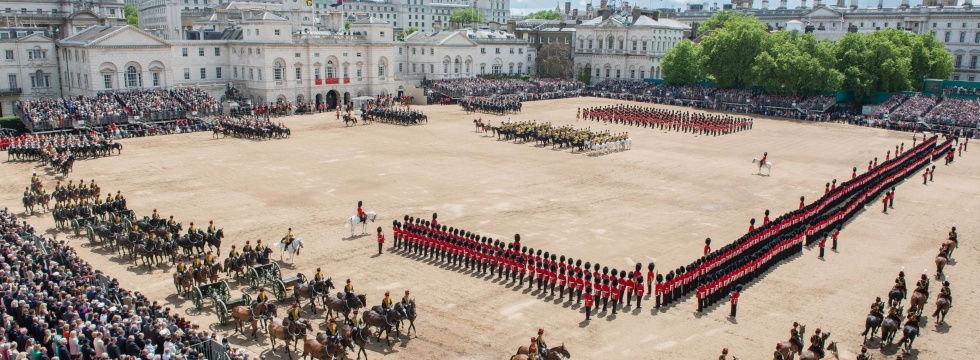
Image Credit: Corporal Paul Shaw/MOD.
To commemorate this historic event, a SUPERSIZE 100mm Inaugural Trooping the Colour Bronze Medal has been issued for release.
Weighing in at nearly half a kilogram, the impressive 100mm diameter ensures that the remarkable detail and superbly illustrated design by talented artist Jean-Michel Girard can be appreciated to full capacity.
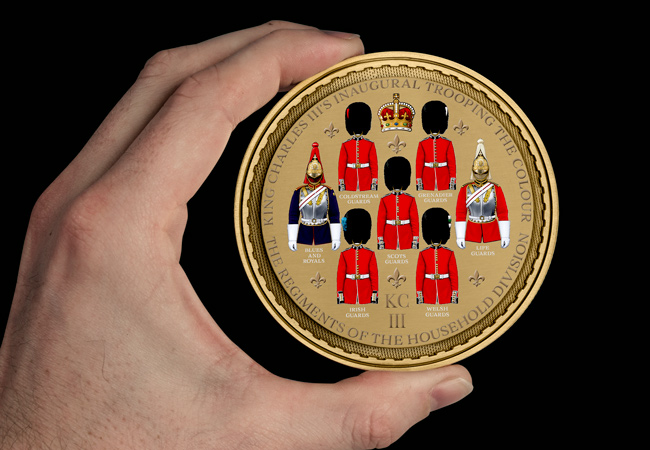
The medal features specially commissioned artwork that depicts the 7 regiments in the King’s Household Division:
- The Life Guards
- Blues and Royals
- The Grenadier Guards
- The Coldstream Guards
- The Scots Guards
- The Irish Guards
- The Welsh Guards
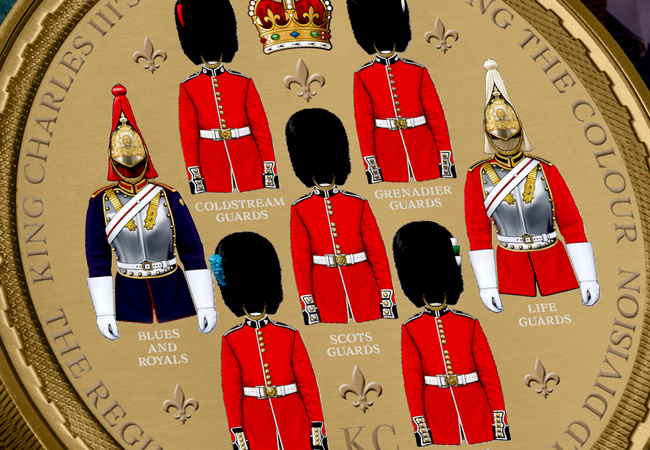
The obverse of the medal features the famous Magnae Britanniae design, completed with Antique Finish.
The medal has been issued with a strict edition limit of ONLY 495 worldwide, therefore many collectors will miss out of owning one of these masterpieces.
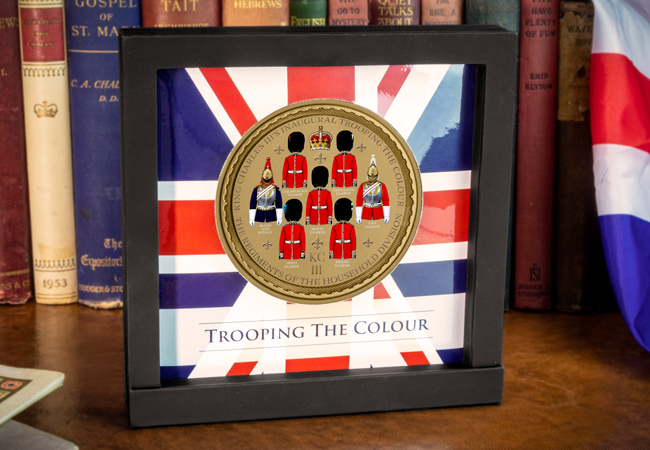
This stunning SUPERSIZE commemorative is a true masterpiece and emphasizes the grandeur of the occasion it represents.
With ONLY 495 available worldwide, you must ACT NOW to secure yours and own a piece of history at exceptional value.
Prestigious NEW Dambusters £5 Coin Range
This year marks the 80th Anniversary of the Dambusters Raid, one of the most famous air operations of World War II and an example of Great Britain’s daring wartime ingenuity.
The operation involved 133 heroic RAF crew flying 19 Avro Lancaster planes – the magnificent WWII bomber that delivered Barnes Wallis’ astonishing “bouncing bombs”.
And now, 80 years on, a spectacular range of British Isles coins have been authorised to honour this legendary chapter in RAF history.
Each coin commemorates that audacious midnight raid on Germany’s Ruhr Valley dams in May 1943, arguably one of the turning points that led to British Victory in World War II.
View the coins below and all the information you’ll need to order your favourites.
ONLY available from The Westminster Collection: The Dambusters 80th Anniversary £5 Pair
Exclusively available from The Westminster Collection, The Dambusters 80th Anniversary £5 Pair has been issued by Jersey and Guernsey and fully approved by Buckingham Palace.
Featuring specially commissioned designs by David Lawrence, both coins are struck to a pristine Proof finish and housed in a presentation case with Certificate of Authenticity. What’s more, a strict worldwide edition limit of ONLY 4,995 has been set.
The Limited Edition Silver Proof Collector Set – own it today with JUST £29.50
This STRICTLY LIMITED Collector Set includes two British Isles Silver Proof £5 Coins that have been fully approved by Buckingham Palace, alongside a Sterling Silver Proof Commemorative.

Importantly, this is the ONLY way you can own the Dambusters 80th Anniversary Silver Commemorative – it will never be released individually.
A strict edition limit of JUST 750 has been authorised for release worldwide.
This makes the coins more than 16 times RARER than the UK’s most recent Silver Proof £5 that completely SOLD OUT of 12,500 coins in a matter of days. So, you can see why this new collection is so significant and why so many collectors will miss out…
Demand will outweigh availability – JUST 195 Prestigious Silver 5 Ounce Coins issued
Struck from FIVE ounces of 99.9% Pure Silver and hand-polished to a pristine Proof finish, the reverse design is inspired by the classic movie poster for ‘The Dam Busters’ and features Wing Commander Guy Gibson alongside the legendary Avro Lancaster Planes.
With its complex and sophisticated process of production, the 5oz Coin is one of the most extravagant and demanded in the world of numismatics. A strict worldwide edition limit of JUST 195 has been set and so demand will outweigh availability.
Impressive 100mm diameter 10oz Silver Coin – JUST 55 WORLDWIDE
This HUGE 100mm diameter coin has been struck from 10oz of 99.9% Pure Silver and hand polished to a pristine Proof finish. Due to the size of the surface, this coin allows collectors to appreciate the smallest details of the design.
The coin comes housed in a special collector case with numbered Certificate of Authenticity. With ONLY 55 being released worldwide, it is one of the rarest issues in the Dambusters range and will be highly sought after by collectors.
Click here to find out more >>
If you’re interested…
